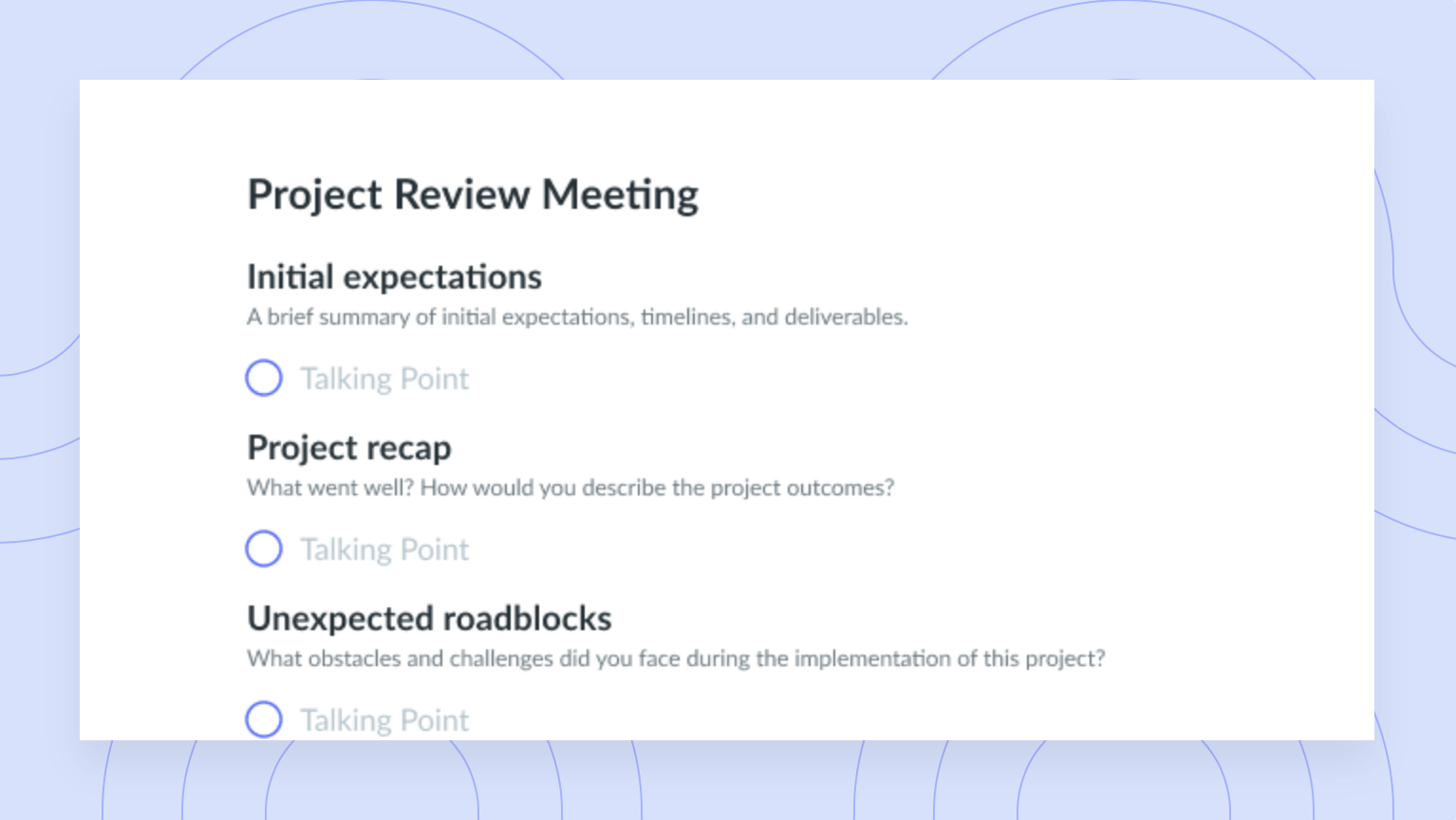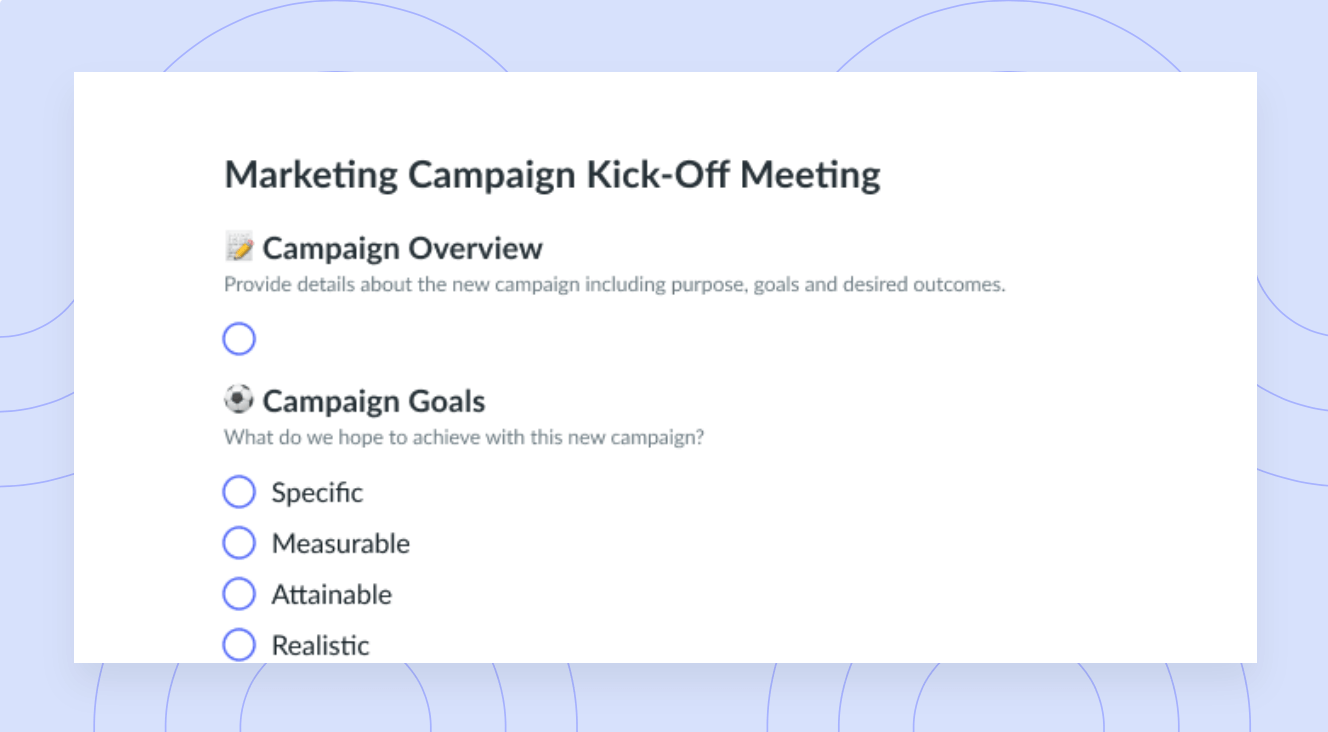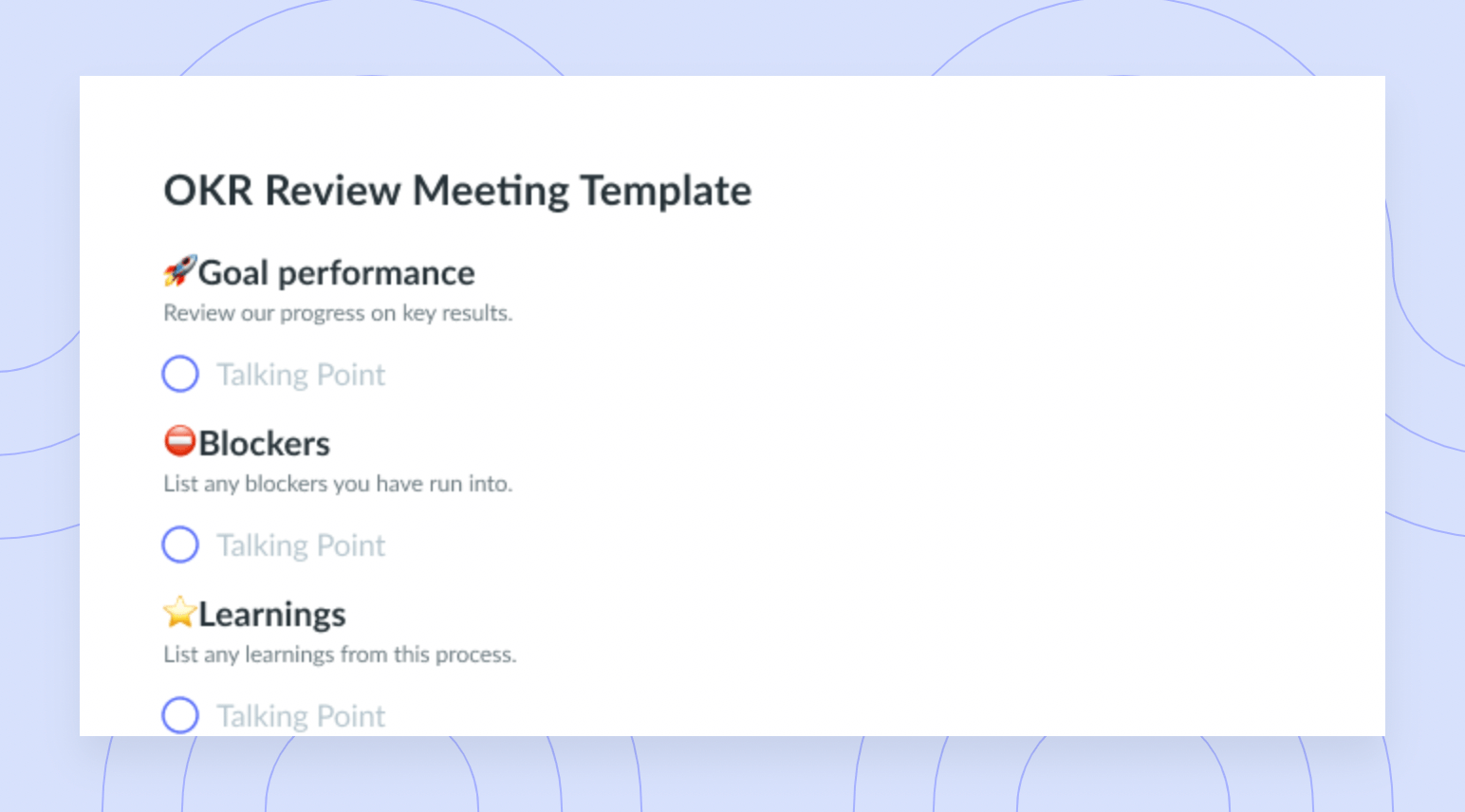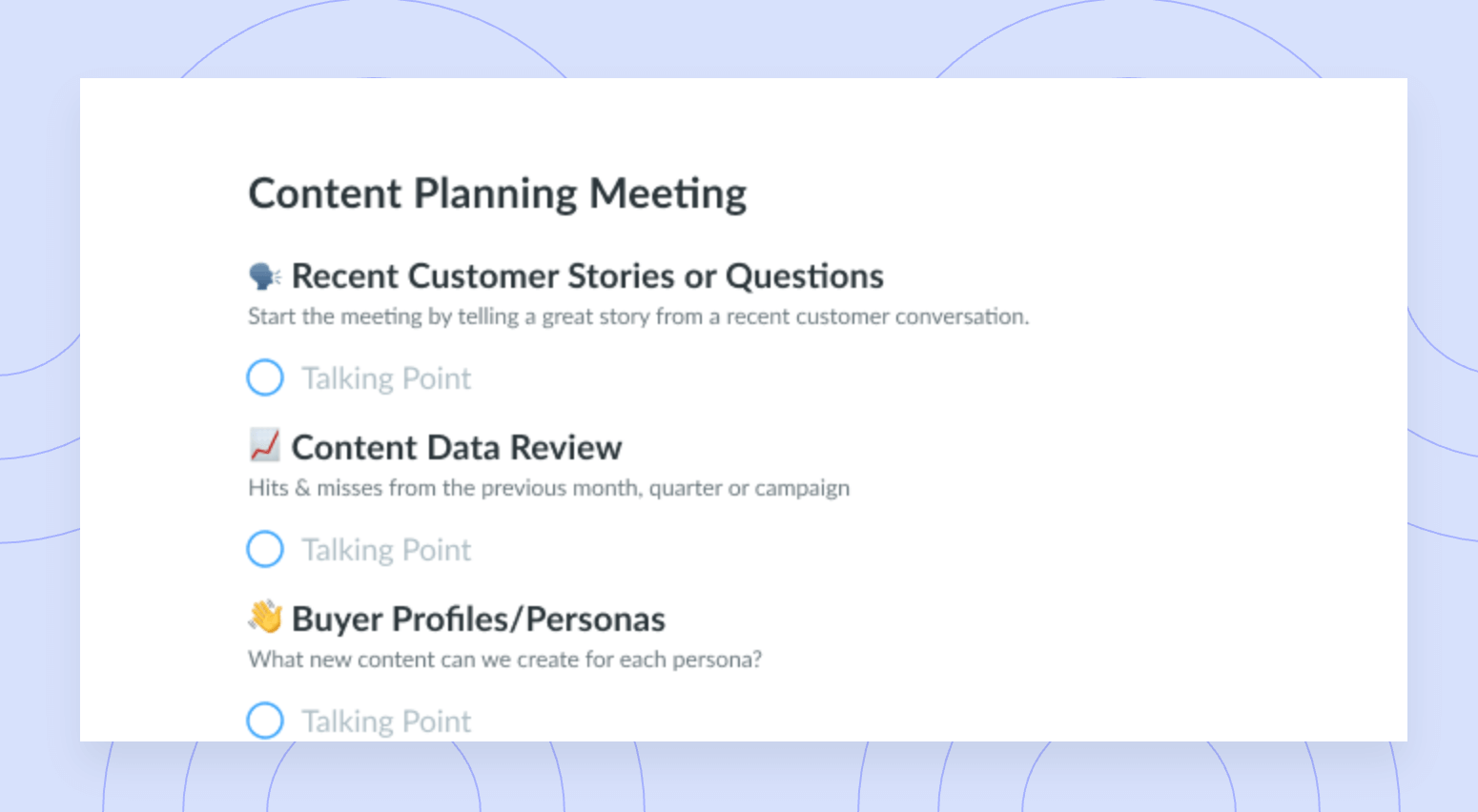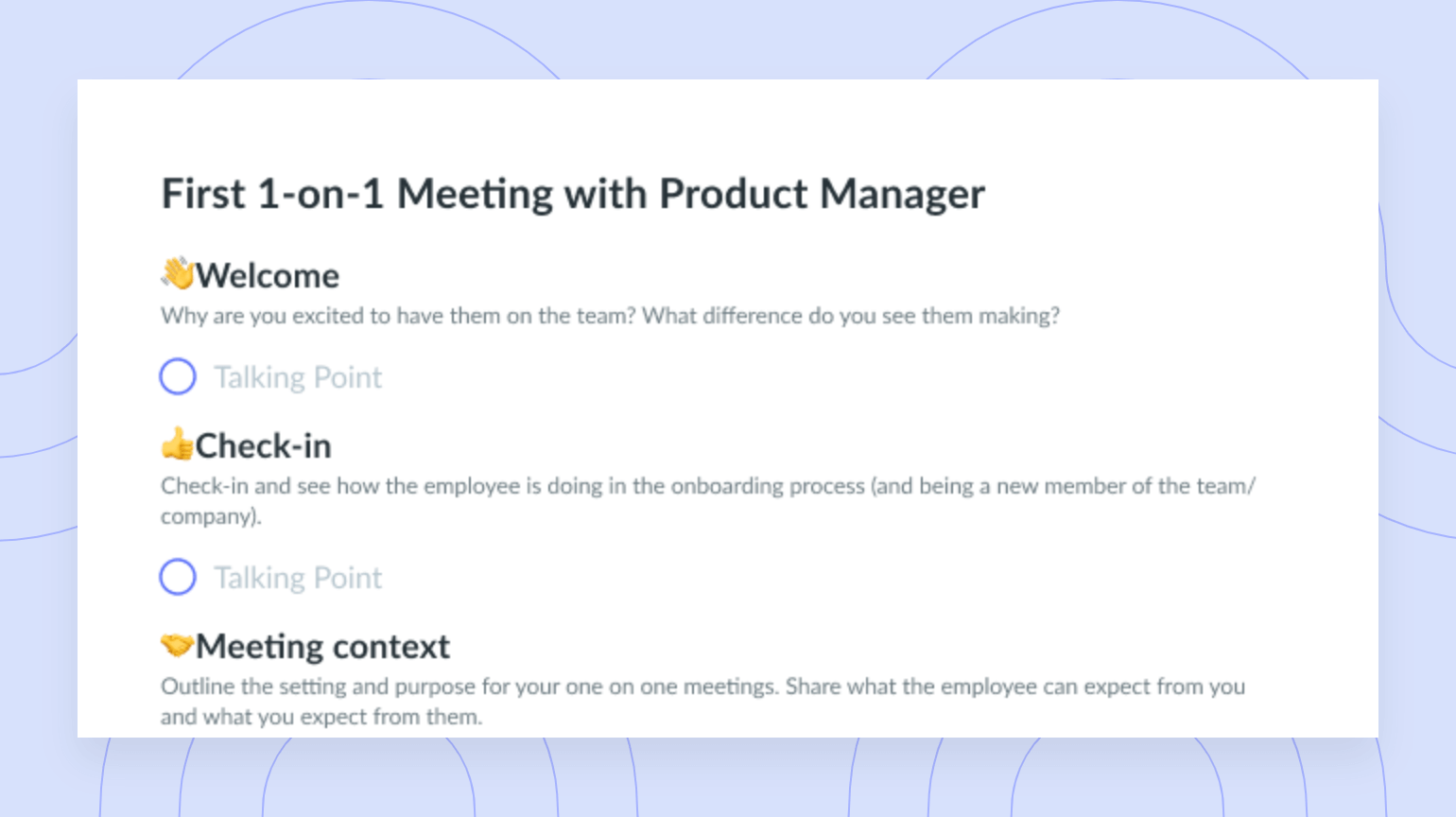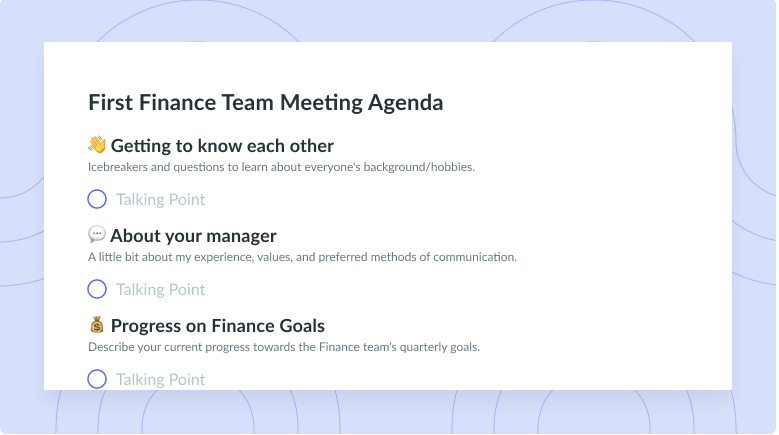How to Manage Underperformance in a Team
Managing underperformance in a team can be incredibly challenging. But knowing the cause can help a manager get everyone back on track.
All managers want to be in charge of a team full of top performers and overachievers, but that simply isn’t always possible. Sometimes an employee will struggle, and their performance will slip.
This can be frustrating for managers and team members alike, but knowing the cause of the underperformance can help get the employee back on track to success.
- Understanding performance
- What causes underperformance in employees
- How to manage underperforming employees
Understanding performance
Before we dive into why underperformance may be happening and what it looks like, let’s examine performance as a whole. It’s important to note that specific scenarios of good performance and underperformance may depend on the role or industry.
Good performance looks like meeting or exceeding deadlines, going above and beyond to help others on the team, being on time for meetings, efficiently collaborating with others, and navigating through unforeseen circumstances or bottlenecks when they occur.
On the other hand, underperformance can look like consistently missing deadlines, making numerous mistakes or the same mistake over and over, showing up late to the workplace or meetings, having a poor attitude towards work, and being unable to cope with provided instructions.
What causes underperformance in employees
If you’ve noticed some of your team members or employees are underperforming, don’t jump to conclusions and think the worst. Instead, it could be one of these five reasons.
- Unclear expectations or instructions: If the standards for the role are unclear, an individual may not know what is expected of them regarding daily responsibilities. Or perhaps instructions for a project or task were vague, and the individual was confused about what to do next.
- Inadequate training: Employees need to be allowed to learn new skills and receive training or guidance during the onboarding process. This opportunity is necessary for employees to be able to improve their performance.
- An overall lack of skills: It’s also possible that an employee was given a role they simply weren’t equipped to handle or didn’t feel confident pursuing. They may also lack the time management skills to complete various tasks.
- Job dissatisfaction: Sometimes it’s just not a good fit. If a person finds themselves in a role they weren’t anticipating or within a company where they don’t fit in with the culture, they may feel disappointed and lack the incentive or motivation to work hard.
- Personal issues: If a team member experiences challenging, stressful, or unforeseen circumstances in their personal life, they may be unable to concentrate on their tasks, feel unmotivated by work, and struggle to find a proper work-life balance.

Run efficient meetings, come to a decision, and get back to work
Level up your meeting habits to boost engagement and productivity with a collaborative meeting agenda. Try a tool like Fellow!

How to manage underperforming employees
Managing underperforming employees can be stressful, awkward, and a little uncomfortable. Regardless, there’s a right and wrong way to go about it. Consider following these nine steps to work with the employee and see if you can get their performance up to where it needs to be.
- Document specific examples
- Have regular one-on-one meetings
- Ask questions and be curious
- Communicate expectations clearly
- Create a plan together
- Check-in regularly
- Show recognition
- Provide regular feedback
- Make a decision
1Document specific examples
The first step to take when managing underperforming employees is to gather and document specific examples. Keeping this log of examples can be helpful if or when you have to loop in the HR team and when having a potentially difficult conversation about performance with the team member.
A good way to start is by using a meeting tool like Fellow. When having a one-on-one with this direct report, you can take private notes in the meeting agenda of instances of underperformance or if anything concerning comes up during the conversation.
2Have regular one-on-one meetings
Another step a manager can take when a team member is underperforming is to have regular one-on-one meetings and check-ins. These meetings are when you should be able to find out if an employee is struggling with their workload, facing unclear instructions or expectations, or running into a series of challenges affecting their ability to hit deadlines. These meetings should be scheduled ahead of time and likely have a weekly cadence. Additionally, come prepared for those meetings with a clear agenda and talking points you want to discuss.
With Fellow, you can collaborate on meeting agendas, assign action items, get suggested conversation topics, and exchange feedback to supercharge 1-on-1s. Plus, with Fellow’s browser extensions, you can access your meeting notes right inside of Google Meet calls and your Google Calendar to level-up your 1-on-1s without leaving the tools that you are already using!

3Ask questions and be curious
Another element you can add to the agenda, or think about ahead of the one-on-one meeting, is questions you can ask regarding a team member’s underperformance. Be curious about why the underperformance may be occurring, and don’t assume the worst.
Some questions you may want to add to the agenda are:
- Do you have all the tools you need for this project?
- Are instructions or directions for this project clear?
- How do you feel about the deadline? Do you think it’s feasible?
- Have you experienced any challenges with this project since we last met?
- What part of your role do you enjoy? Are there tasks that you’re excited by or more motivated by than others?
- How well do you think you’re handling your current workload?
- Do you understand how your work benefits the company’s bottom line?
- Is there anything else you’d like to share with me?
4Communicate expectations clearly
When a team member is underperforming, communicating is key to getting them back on track—especially when it comes to what’s expected of them.
Expectations like deadlines, progress, and certain action items should be clearly defined for the team member. If the colleague is having a hard time tracking their progress or meeting specific key performance indicators (KPIs), Fellow can help. In Fellow’s Objectives tool, it’s simple to stay on top of specific goals by clearly recording, defining, and tracking the progress of these objectives and key results (OKRs).
This is especially helpful if someone is consistently falling behind. These objectives can be reviewed during one-on-ones, and if progress is slower than expected, you can have a conversation about why and try to resolve challenges as a team.
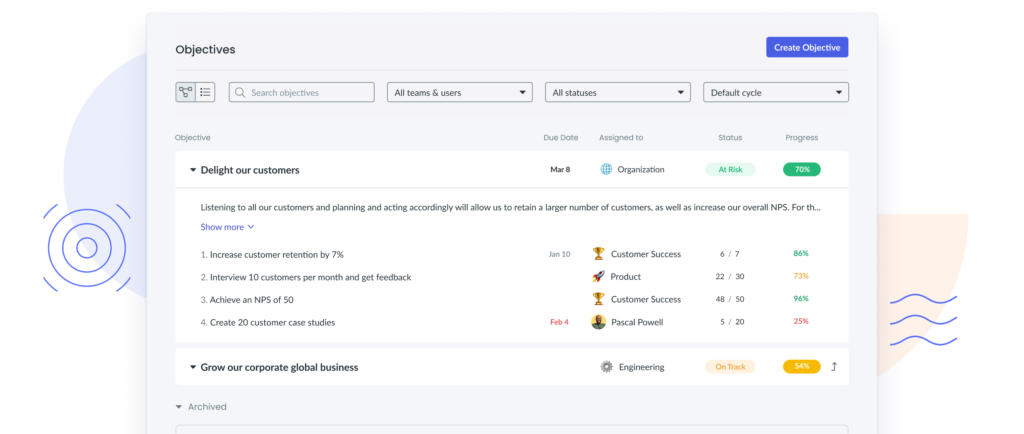
5Create a plan together
Once a manager and their underperforming employee have discussed the issues at hand and worked towards identifying causes, it’s time to come up with a plan of action together to work toward a solution that gets the employee back on track. During this conversation, coming up with suggestions for how to fix the problem, pinpointing what should be done differently, and encouraging the team member to set goals for themselves are all crucial for a successful plan.
This plan should outline actions the team member is responsible for and detail what types of resources or support are necessary (like more training, upskilling, mentoring, or time off), and a timeframe for achieving performance improvement should be established. The plan should also touch on potential consequences if performance continues to decline.
6Check in regularly
Underperformance usually isn’t fixed after a single one-on-one; instead, it takes multiple conversations and check-ins. For example, if your next one-on-one meeting isn’t until Thursday and it’s Monday afternoon, it may be necessary to send the employee an email or direct message to check in on progress.
Not only does this give the manager more clarity regarding how an employee is working, but it also provides the employee with multiple opportunities to ask for help, explain their challenges, or let their manager know how their work ethic is evolving. The employee will also notice their manager genuinely cares and wants them to improve.
Regularly checking in will also hold the employee accountable for their performance while giving the manager more examples to document if the employee is still struggling.
7Show recognition
If you notice performance starts to improve, acknowledge it by showing appreciation and providing recognition! Even the smallest wins deserve to be highlighted, especially if it’s clear the employee is making an effort to improve.
When you notice an employee improving their performance, be vocal about how you’re aware of this improvement. Praise them for their effort, be specific about what they’re doing right, and be clear about their work’s positive impact. If appropriate, you could also give this employee a shout-out during a team meeting so others can praise them, too.
8Provide regular feedback
Providing direct reports with regular feedback is always essential, but this becomes especially true when one of them is underperforming. Giving this team member specific and constructive feedback is important when they’re working hard to improve their performance.
Doing so makes it easier for them to see their progress and be aware of what may still need to be done to see improvement. This feedback can include points directly from you, or you can use 360-degree feedback, which includes points gathered from other people who work with the employee.
With Fellow, you can create a culture of continous feedback by sharing real-time feedback on meetings, projects, and perfomance. Plus, you can gather anonymous feedback to make respondends feel more comfortable providing their honesty.

9Make a decision
At some point, you’ll have to decide how to move forward with the employee.
On the one hand, if you’ve noticed the employee making steady progress towards improving their performance and a positive shift towards their attitude, the decision could very well be to keep them on the team.
But, if their job performance hasn’t shown signs of progress after investing a reasonable amount of time working through their action plan, it may be time to consider reassignment or termination.
A reassignment is a good option if the employee’s skills are better suited for a different role within the organization, with a different scope or level of responsibilities. Or, if all options have been exhausted, you may reach the point where it’s best for you, the employee, and the entire team that this person be terminated. This choice is always complicated and never ideal, but it may be the only option.
Parting advice
Seeing one of your direct reports struggling to perform can be challenging and time consuming as a manager. Try to give them the benefit of the doubt and work as a team to devise a plan to get them on track for improvement. Keeping in touch along the way with frequent check-ins is crucial. Most employees will appreciate and rise to the challenge, but if that doesn’t occur, it’s up to you to decide the next steps.
![How to Successfully Manage Someone Older Than You [& What to Avoid]](https://fellow.app/wp-content/uploads/2022/01/managing-someone-older.jpg)









